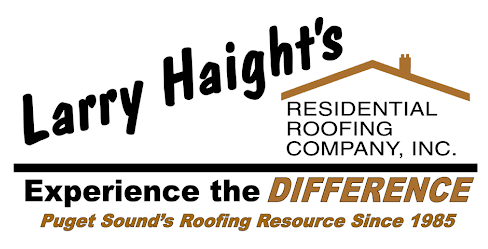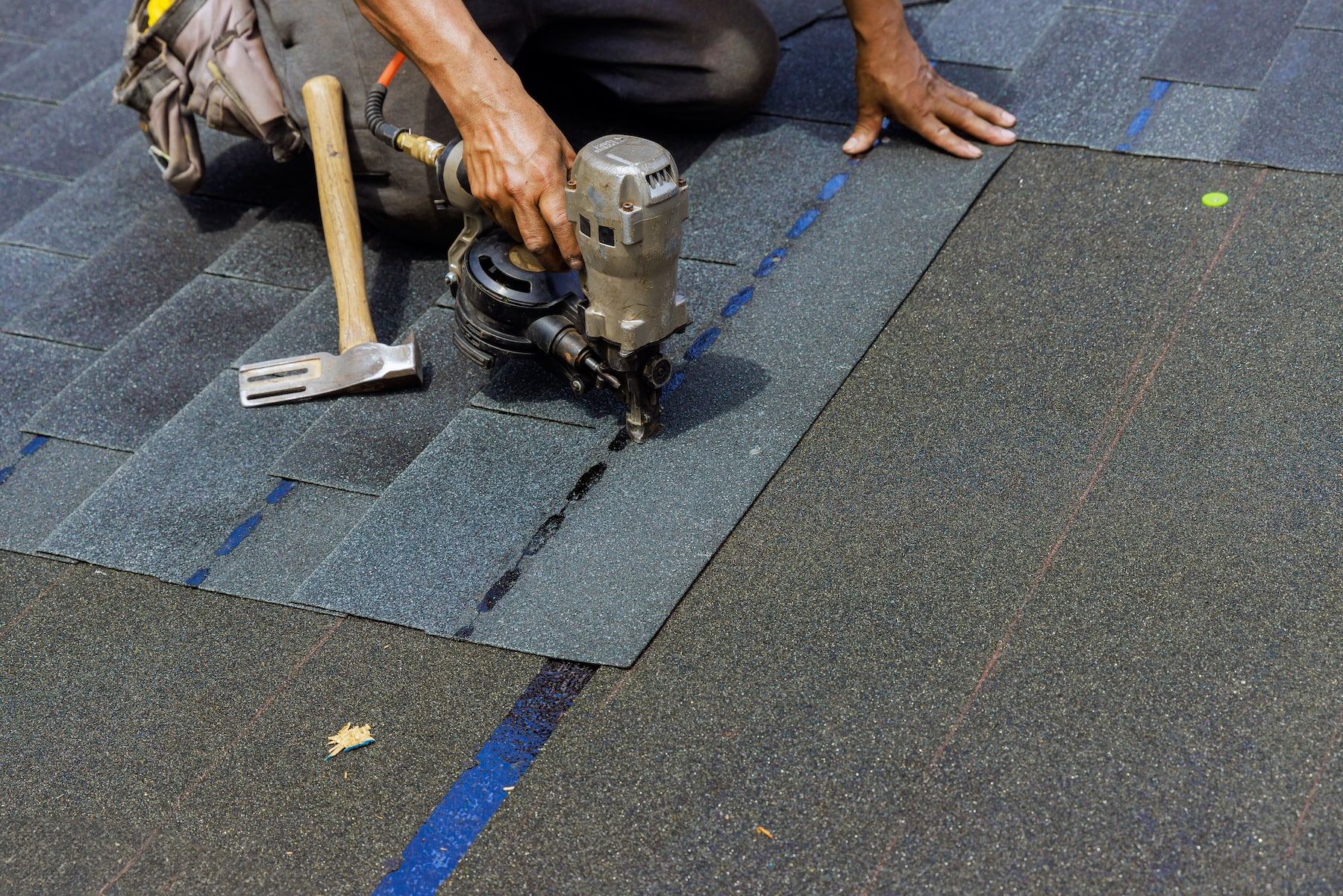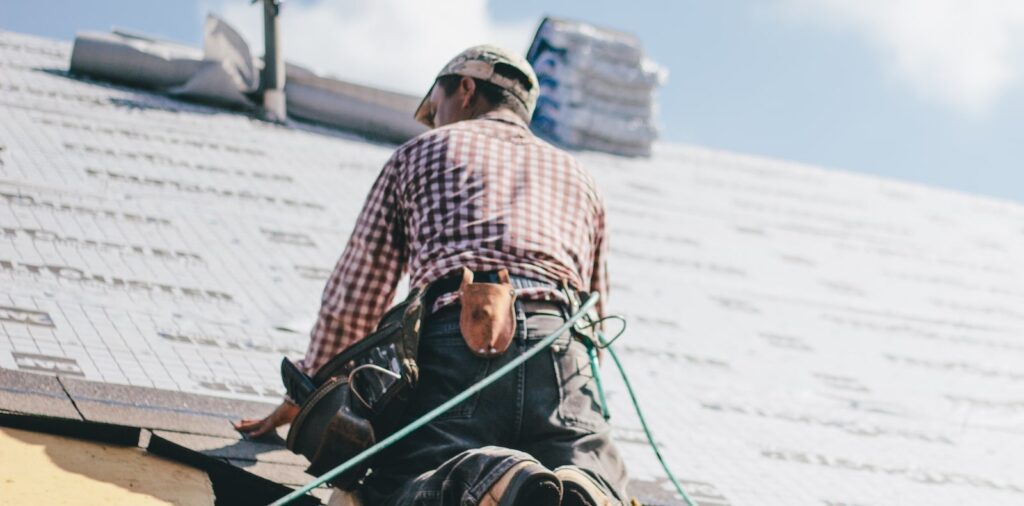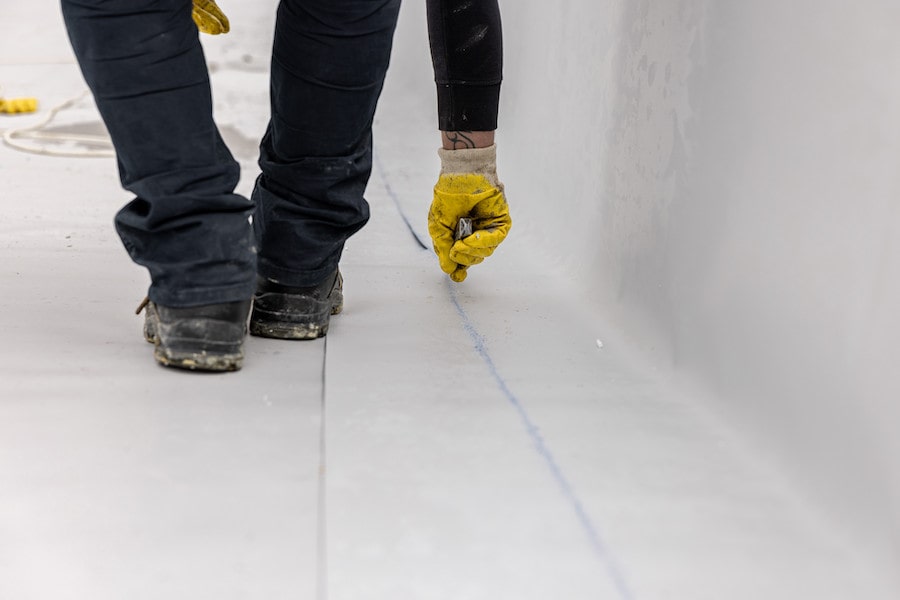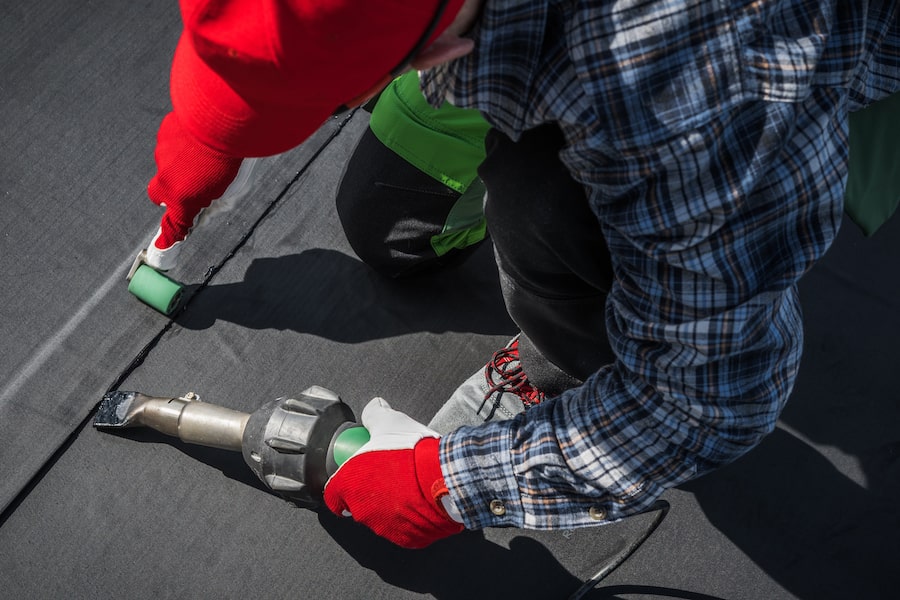When you think about your roof, you probably picture shingles or metal panels—the visible outer layer that gives your home its character. But beneath that exterior lies an unsung hero of your home’s protection system: roofing underlayment. This critical component acts as your home’s second line of defense, often determining how well your roof withstands the elements over time.
What Is Roofing Underlayment and Why It Matters
Roofing underlayment is a water-resistant or waterproof barrier installed directly on your roof deck before the outer roofing materials go on. Think of it as your roof’s insurance policy—if wind-driven rain sneaks under a shingle or a tree branch damages your roof during a storm, this layer prevents water from reaching your home’s structure.
For Pacific Northwest homeowners facing our region’s notorious rain and occasional winter storms, proper underlayment isn’t just recommended—it’s essential for protecting your investment.
Is Underlayment Really Necessary?
Absolutely yes. And here’s why:
- Weather Protection: When heavy rain or snow is driven sideways by wind, it can bypass your shingles. Underlayment catches this moisture before it reaches your roof deck.
- Backup Defense: If shingles blow off during a windstorm (which happens more often than you might think in our region), underlayment buys you time before further roof damage begins.
- Code Compliance: Most building codes require underlayment, and skipping it could invalidate your roofing warranty and cause problems when selling your home.
- Ice Dam Prevention: In colder areas, underlayment helps block water from backing up under shingles when ice forms at your roof’s edge.
- Smoother Installation: Underlayment creates an even surface for your outer roofing materials, helping them lie flat and perform better.
Without proper underlayment, even small roofing issues can quickly become expensive interior damage, leading to mold, wood rot, and structural problems.
Understanding Your Underlayment Options
Let’s break down the three main types of underlayment to help you make the best choice for your home:
1. Felt Underlayment: The Traditional Choice
What it is: Also called tar paper or asphalt-saturated felt, this traditional material comes in #15 (standard) and #30 (heavyweight) varieties.
Best for: Budget-conscious projects in mild climates where roofing will be completed quickly.
Pros:
- Most affordable option (typically $0.20-$0.40 per square foot installed)
- Familiar to all contractors
- Simple installation process
- Provides basic moisture protection
Cons:
- Tears easily, especially when wet
- Limited lifespan (5-10 years)
- Can wrinkle and buckle in high humidity
- Must be covered quickly—degrades in UV light
- Less protection against severe weather events
Real-world perspective: While felt has protected homes for generations, it’s like using a basic raincoat in a storm—it works, but has clear limitations. For Northwest homes, it’s best suited for secondary structures or when budget constraints are primary.
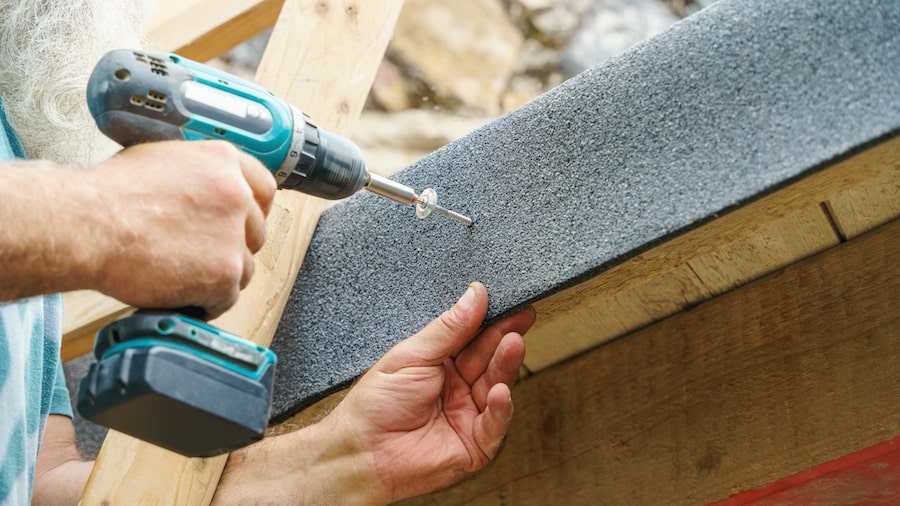
2. Synthetic Underlayment: The Modern Standard
What it is: Made from advanced polymers like polypropylene, these sheets offer improved durability and performance over traditional felt.
Best for: Most residential roofing projects, especially in areas with variable weather patterns like ours.
Pros:
- Highly tear-resistant—stays intact during installation
- Lightweight and easier to work with
- Water-resistant with some UV protection (30-90 days exposure time)
- Covers more area per roll with less overlap
- Long-lasting performance (often 20+ years)
- Lays flat without wrinkling
Cons:
- Mid-range cost ($0.40-$0.70 per square foot installed)
- Not all synthetic products are equal—quality varies between brands
- Some types can be slippery when wet
Real-world perspective: For most Pacific Northwest homes, synthetic underlayment offers the ideal balance of performance and value. It’s like upgrading from a basic raincoat to a quality waterproof jacket—more protection when you need it most.
3. Self-Adhered Underlayment: Premium Protection
What it is: Often called “ice and water shield,” this rubberized asphalt material sticks directly to your roof deck, sealing around nails and creating a waterproof barrier.
Best for: Critical areas prone to leaks or homes in severe weather regions.
Pros:
- Completely waterproof—even stands up to standing water
- Creates a seal around nails and fasteners
- Outstanding protection against ice dams and wind-driven rain
- Exceptional durability in extreme temperatures
- Can last 30+ years (often outlasting the roofing material)
Cons:
- Most expensive option ($0.75-$1.50 per square foot installed)
- Challenging installation, especially in cold weather
- Can’t be repositioned once placed
- May trap moisture if used on entire roof without proper ventilation
Real-world perspective: Self-adhered underlayment is like having premium flood insurance. While it’s typically too expensive to use across the entire roof, strategic placement in vulnerable areas (valleys, eaves, and low-slope sections) provides critical protection where it matters most.
Smart Underlayment Strategies for Northwest Homeowners
Based on our decades of experience with Pacific Northwest roofing conditions, here are our recommendations:
Hybrid Approach: Best Value and Protection
For most homes, we recommend a “hybrid system” that uses:
- Self-adhered underlayment in vulnerable areas (roof valleys, around chimneys, at eaves)
- High-quality synthetic underlayment for the main roof areas
This approach targets premium protection where it’s needed most while keeping overall costs reasonable.
Climate Considerations
- If you live in higher elevations or areas with snow: Extend self-adhered underlayment at least 6 feet up from all eaves to prevent ice dam damage.
- For homes near trees: Choose tear-resistant synthetic underlayment that can withstand debris and branch impacts during storms.
- For coastal properties: Select underlayment with enhanced UV protection in case of shingle loss during high winds.
Timing Matters
If your roof installation might be delayed or completed in phases, invest in synthetic underlayment with longer UV exposure ratings (90+ days) to ensure protection during the process.
Making Your Final Decision
When evaluating your underlayment options, consider:
- Roof complexity: More valleys and penetrations mean more potential leak points—upgrade your underlayment accordingly.
- Local weather: Harsher conditions justify better underlayment.
- Roof lifespan: If you’re installing 30-year shingles or metal roofing, don’t compromise with short-lived underlayment.
- Budget balance: If budget constraints force choices, invest in better underlayment for vulnerable areas first.
- Roofing material: Different roofing materials have specific underlayment recommendations:
- Asphalt shingles: Synthetic underlayment with self-adhered in valleys and eaves
- Metal roofing: High-temperature rated synthetic or specialized metal roof underlayment
- Cedar shakes: Breathable synthetic underlayment to prevent moisture buildup
- Tile roofing: Heavy-duty underlayment that can support the additional weight
Need More Information on Roofing Underlayment Options?
At Larry Haight’s Residential Roofing Company, we’ve protected homes since 1985. We’ve seen firsthand how proper underlayment prevents costly roof damage and extends roof life. Our experienced team evaluates each home individually, recommending the ideal underlayment system based on your specific roof design, local conditions, and budget.
We never cut corners on underlayment quality—because we know it’s the foundation of a roofing system that truly protects your biggest investment.
Ready to ensure your home has the protection it deserves? Contact us today by calling 425-881-9771 or reach out online for a free roofing consultation and expert advice on the best underlayment system for your specific needs.
